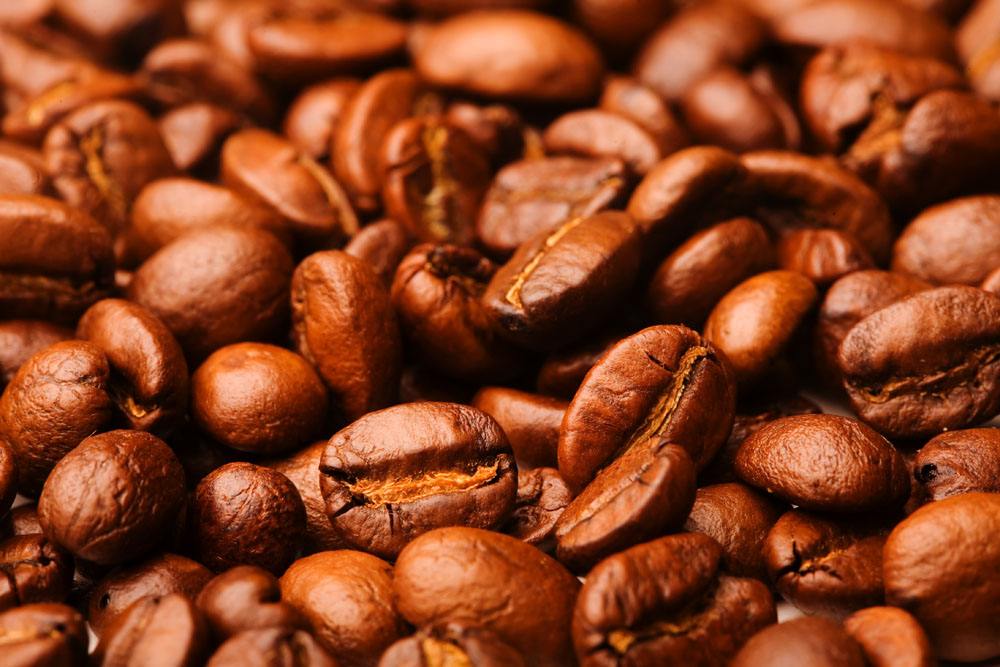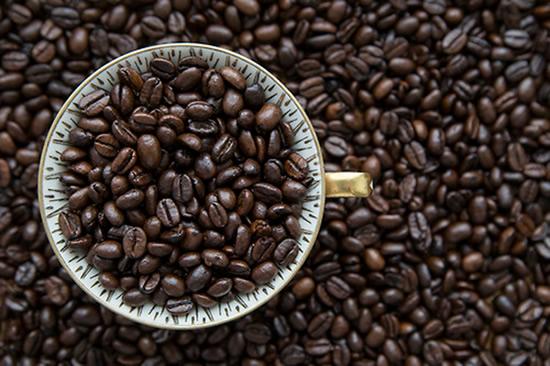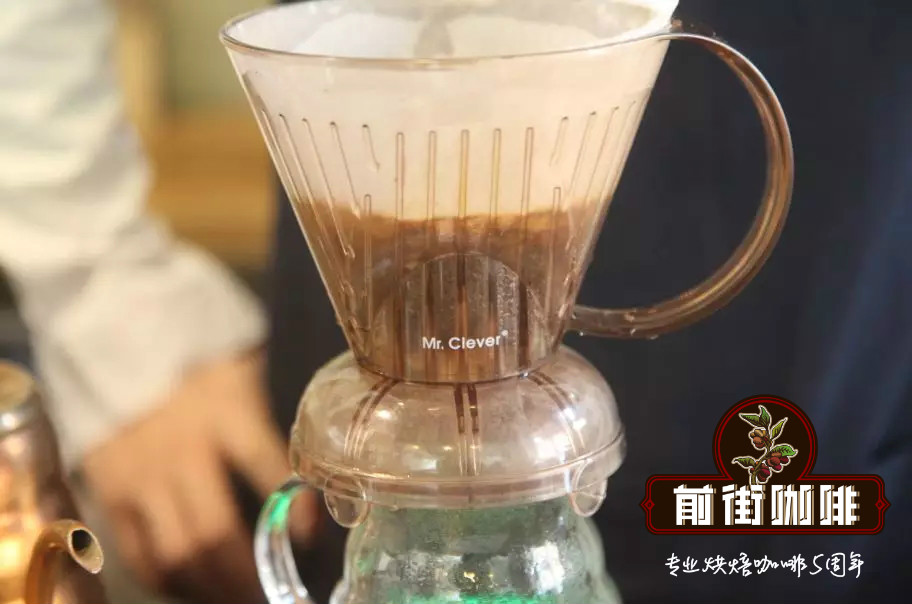Introduction of planting flavor in Uganda boutique coffee bean producing area
Uganda boutique: Uganda Bugishu AA....
The East African Great Graben (Rift Valley) connects Lake Weidoria with Mount Elgon, which is a famous and important boutique coffee belt in East Africa. The eastern side of Mount Elgon is one of the important coffee producing areas in Kenya, while the western side of Mount Elgon, the western highland on the Ugandan side, also produces great coffee. This area is Bugishu!

Bugishu, about 5 hours' drive from the capital Kampala; and the coffee distribution town of Bigisu is Mbale, where there are many trader companies and coffee storage stations, so some exporters will mark "Mbale" as raw beans, followed by a series, such as AA or A, but they are actually beans that belong to the Bugishu area. Coffee farmers in Bugishu are called "Shambas". They grow bananas and cassava in coffee trees as food crops. Coffee is almost their only cash income, which is used to cover medical, household and educational expenses. Local small farmers will concentrate on small-scale washing treatment during the harvest period of coffee bars, and then concentrate on Mbale to sell, and then carry out the latter stage of drying and grading process, and there are larger-scale processing plants and exporters in the capital Kampala.
This batch of Ugandan Bugishu AA is very different from the Kenya beans in neighboring countries. The acidity is not so bright, and it is not as good as the wine, sweetness and spices that occasionally appeared in the early Bugishu, but the body is as good as the Kenya beans arrived this year!
Bugishu (or Bugisu) happens to be the East African bean of the Osher series, which finally arrives on the shelves. She is very different from the previous Luanda and Prondi in aroma or flavor! In terms of acid quality, Luanda is the brightest and lively, followed by Pulong, and Uganda has the softest acid. In terms of mellow taste, the three have their own advantages and belong to the excellent bean shape of body; while the aroma is the gentlest in Uganda, Luanda is the most upfront, and Pulongdi is the most responsible, because from the harvest date of 2004-2005, the high-altitude high-quality beans in East Africa are actually very fragrant, and the flavor characteristics are also very clear!
The geography and climate of Uganda: Uganda is an inland locked country, not close to the sea, but it has a great lake of Weidoria, neighboring Kenya to the east, said to the west (now the Republic of Congo), Sudan to the north and Tanzania to the south. Due to the high mountains in the country and the regulation of Lake Weidoria, although Uganda spans both sides of the equator, the climate is quite mild, which is naturally suitable for growing good coffee.
Uganda, the mother of Romsda in Africa, has also produced excellent high-altitude Arabian species in recent years.
Romda coffee was discovered around Lake Weidoria in 1860. To this day, there are still wild species.
At the beginning of the 20th century, Arabian species were introduced from Malawi in East and South Africa, while Arabian species were mainly cultivated in Bugishu (along the slopes of the Elgon Mountains) and Wugars. The Arabian species were sold in Bugisu AA, Bugisu A (above washing treatment), Wugar A (washing), and a small amount of sun-dried beans Drugar.
93% of the country's total coffee output of raw beans is used for export to earn foreign exchange (including Arabian and Romanian varieties).
The main harvest period of Arab species is from October to February of the following year, and the secondary harvest period is in August.
Luo species (north of the equator): October to February; Luo species (south of the equator): may to August
The main varieties planted in Arabian species are: Bourbon and Kent (but in recent years, improved new species have been tested)
Basic information of this batch of Bugishu:
Country: Uganda: Bugishu (also written as Bugisu), northeast slope of Mount Elgon
Marked: Bugishu grade: AA variety: unmarked harvest date: October 2004
Treatment: water washing (drying in the sun after fermentation) appearance / disadvantages: green, 1D/350G
Cup test: a burst of beans in the middle, that is, the baking degree of Oushe M0, the baking degree of cinnamon
Dry fragrance: grass, sweet fruit, nutty
Fragrance: sweet caramel, flowers and fruits, spices
Sipping: cocoa-like bitter sweet taste, spice flavor, acid is not bright belongs to soft type, fruit sweet, greasy thick, tea astringent feeling will stimulate saliva to produce spice sweetness is very special, caramel sweet is obvious.
Important Notice :
前街咖啡 FrontStreet Coffee has moved to new addredd:
FrontStreet Coffee Address: 315,Donghua East Road,GuangZhou
Tel:020 38364473
- Prev

Description of the aroma and taste of Galapagos coffee
Following Cafe Review (official Wechat account vdailycom) found that Beautiful Cafe opened a small shop of its own origin: Ecuador Galapagos Islands Variety: Arabica bourbon treatment: 90% washing; 10% sun sensory description: elegant aroma, mellow, suitable acidity, perfect caramel flavor, full and charming flavor. Summary of origin: growing in the national public
- Next

How to drink Ugandan coffee beans?
Uganda is one of Africa's leading coffee producers, accounting for more than 70% of its total exports, while Uganda is also the home and major producer of Robbs specialty coffee. In the 1960s Uganda's coffee production remained at 3.5 million bags per year. By the mid-1980s, largely for political reasons, coffee production had fallen to 2.5 million bags a year. But coffee production is on the rise again, and it's big now.
Related
- Detailed explanation of Jadeite planting Land in Panamanian Jadeite Manor introduction to the grading system of Jadeite competitive bidding, Red bid, Green bid and Rose Summer
- Story of Coffee planting in Brenka region of Costa Rica Stonehenge Manor anaerobic heavy honey treatment of flavor mouth
- What's on the barrel of Blue Mountain Coffee beans?
- Can American coffee also pull flowers? How to use hot American style to pull out a good-looking pattern?
- Can you make a cold extract with coffee beans? What is the right proportion for cold-extracted coffee formula?
- Indonesian PWN Gold Mandrine Coffee Origin Features Flavor How to Chong? Mandolin coffee is American.
- A brief introduction to the flavor characteristics of Brazilian yellow bourbon coffee beans
- What is the effect of different water quality on the flavor of cold-extracted coffee? What kind of water is best for brewing coffee?
- Why do you think of Rose Summer whenever you mention Panamanian coffee?
- Introduction to the characteristics of authentic blue mountain coffee bean producing areas? What is the CIB Coffee Authority in Jamaica?

